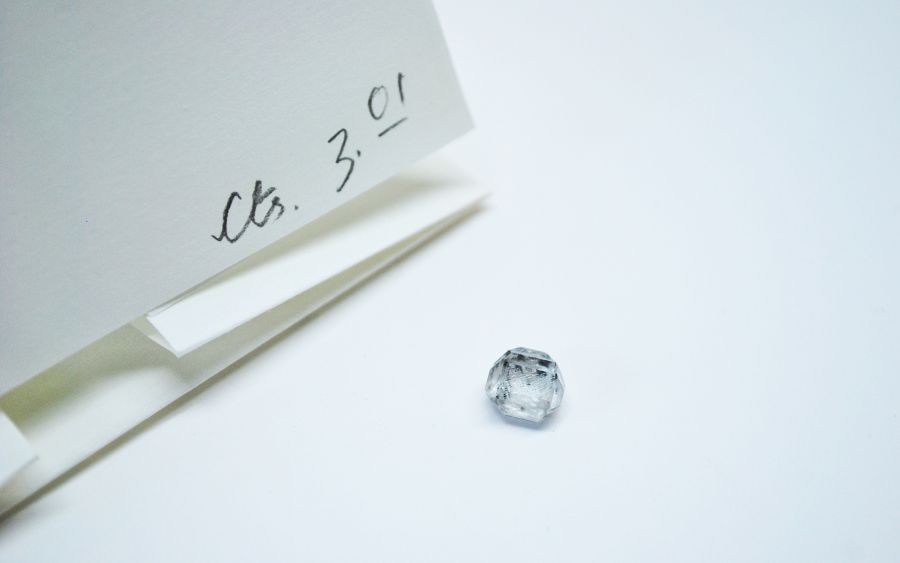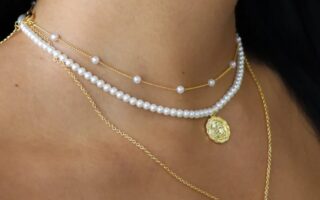In recent years, lab-grown diamonds have surged in popularity, emerging as a sustainable and cost-effective alternative to mined diamonds. Despite their growing acceptance, numerous myths and misconceptions still cloud the public’s understanding of these gems.
Table of Contents
Introduction to Lab-Grown Diamonds
Lab-grown diamonds are real diamonds produced in a controlled environment, mimicking the natural process of diamond formation beneath the Earth’s surface. These diamonds possess the same physical, chemical, and optical properties as their mined counterparts, making them virtually indistinguishable without specialized equipment.
Myth 1: Lab-Grown Diamonds Are Fake
Truth: Lab-grown diamonds are chemically, physically, and optically identical to natural diamonds. The primary difference lies in their origin. While mined diamonds are formed over billions of years beneath the Earth’s surface, lab-grown diamonds are created in a matter of weeks in high-tech laboratories. They are not “fake” but rather an ethical and more environmentally friendly alternative to natural diamonds.
Myth 2: Lab-Grown Diamonds Lack Durability
Truth: Lab-grown diamonds are just as durable as mined diamonds, both scoring a 10 on the Mohs scale of hardness. This makes them the hardest known material, capable of withstanding daily wear and tear just like any mined diamond. Their durability is not compromised by their lab-created origin.
Myth 3: Lab-Grown Diamonds Are Not Valuable
Truth: While lab-grown diamonds generally cost less than mined diamonds due to their more efficient production process, they still hold significant value. They offer the same beauty, durability, and functionality as mined diamonds. The value perception is evolving as consumers become more educated on their benefits and ethical attributes, with many people now considering them a valuable, sustainable choice.
Myth 4: Lab-Grown Diamonds Have No Resale Value
Truth: Like mined diamonds, lab-grown diamonds can retain a portion of their initial value and be resold. The resale value depends on several factors, including the diamond’s quality, market demand, and how it was initially purchased. While the resale market for lab-grown diamonds is younger than for mined diamonds, it is growing as acceptance and demand increase. If you’re interested in re-selling a lab grown diamond and learning more about the process, Twiceloved.com has a great resource.
Myth 5: Lab-Grown Diamonds Are Easily Distinguishable from Mined Diamonds
Truth: To the naked eye, lab-grown diamonds are indistinguishable from mined diamonds. It typically requires advanced gemological testing equipment to identify the subtle differences in trace elements and crystal growth patterns that distinguish lab-created diamonds from natural ones. This indistinguishability underscores their authenticity and desirability as true diamonds.
Myth 6: The Production of Lab-Grown Diamonds Is Harmful to the Environment
Truth: The production of lab-grown diamonds requires significantly less land disturbance, water usage, and carbon emissions than mining for natural diamonds. While it does consume energy, advancements in technology are continually improving the efficiency and sustainability of these processes. Many lab-grown diamond producers use renewable energy sources to further minimize their environmental impact, making them a more eco-friendly option overall.
Myth 7: There Is a Limit to the Size and Quality of Lab-Grown Diamonds
Truth: As technology and production methods continue to advance, the size and quality of lab-grown diamonds have increased significantly. Today, high-quality, large-carat lab-grown diamonds are being produced, rivaling the best that mined diamonds have to offer in both size and clarity.
Myth 8: Lab-Grown Diamonds Lack the Romance of Mined Diamonds
Truth: The value and symbolism of a diamond are not derived from its origin but from the meaning bestowed upon it by the individuals who give and wear it. Lab-grown diamonds can symbolize love, commitment, and celebration just as powerfully as mined diamonds, with the added benefits of sustainability and ethical production.
Conclusion
Lab-grown diamonds represent a remarkable fusion of technology and nature’s beauty, offering a sustainable, ethical, and more affordable alternative to mined diamonds without compromising on quality or brilliance. By understanding and dispelling the myths surrounding lab-grown diamonds, consumers can make informed decisions that align with their values and preferences. Whether for an engagement ring, a special gift, or personal adornment, lab-grown diamonds offer a conscientious choice for modern consumers who seek both luxury and sustainability.
As the diamond industry continues to evolve, the acceptance and demand for lab-grown diamonds are expected to grow, reflecting broader shifts towards ethical consumption and environmental responsibility. In choosing a lab-grown diamond, one does not just select a gemstone but also contributes to a more sustainable and equitable world.




